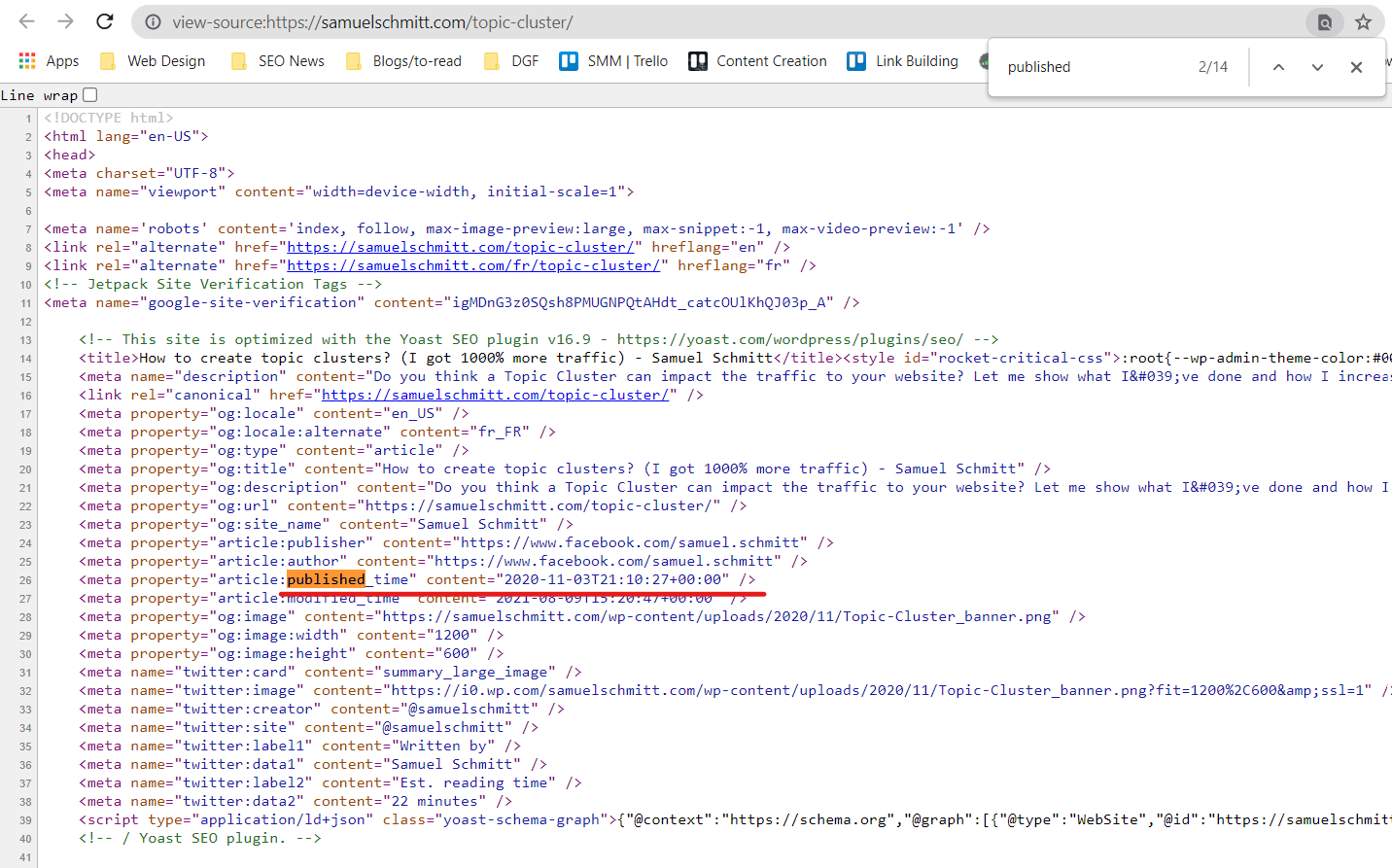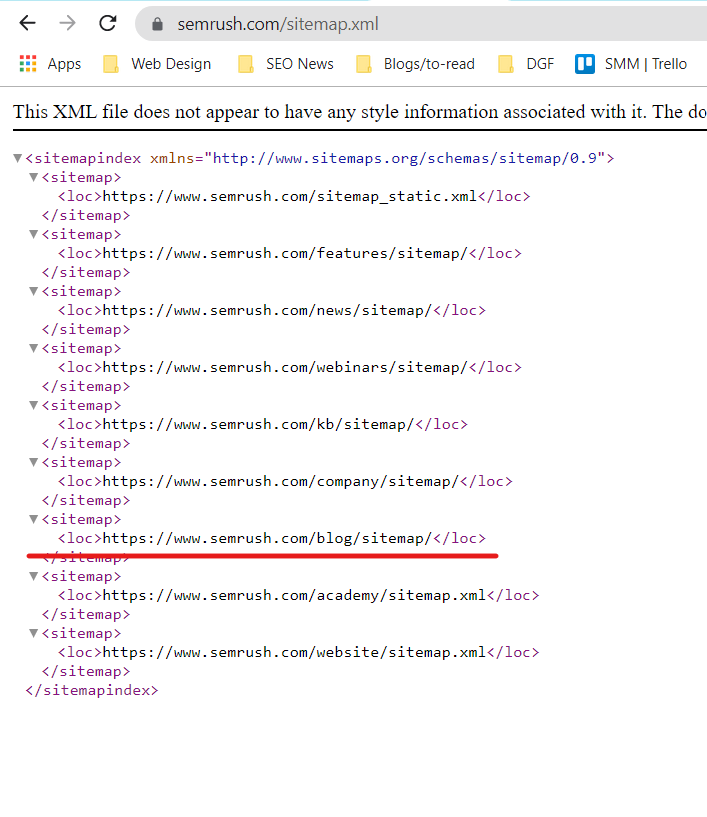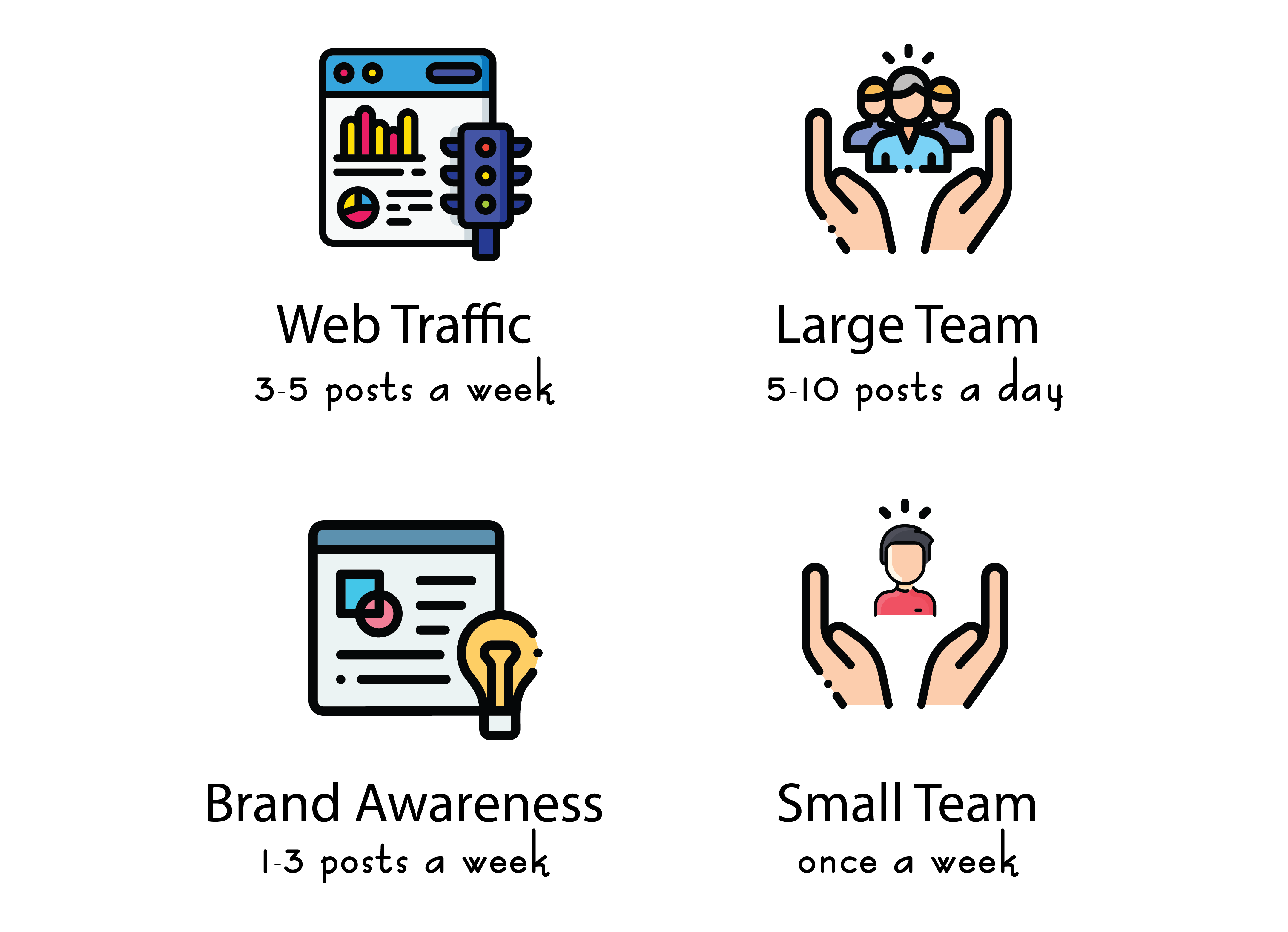Table Of Contents:
Let’s talk about content velocity today.
The most overlooked and underrated metric when it comes to content marketing.
Everyone is about quality over quantity nowadays. But who said that quantity doesn’t matter?
If your competitor happens to push out more quality content over the same period of time you bet they are going to get the attention of your shared audience.
We are all playing the attention game at the end of the day.
So how do you cut through the noise and reach your customer?
Making a wonderful 10k word post a year won’t get you anywhere. Neither will pushing out content every hour.
Why are so few people talking about publishing velocity then?
You can find thousands of posts on how to write content or how to create a strategy but I found a handful of articles on velocity, I kid you not! Even YouTube failed to help at this point.
Is it because there is no one size fits all answer?
Isn’t that the case with everything in digital?
That’s what I set out to find out!
Let’s dive in.
What is Content Velocity
To put it plainly, content velocity is the number of times a brand puts out content in a certain period of time.This includes the speed at which it’s created and produced, the speed of the publishing process itself and the speed of change in content requirements.
It’s something that all businesses should be aware of and something they all need to be eager to improve – but why does it matter so much?
Why Content Velocity Actually Matters
With any digital strategy, users are at the forefront of our minds especially when it comes to content. But over the past decade user expectations have changed drastically and what worked before might be completely useless now.People want real experiences from a brand and at the center of this digital experience is content. Content in all shapes and forms, across various platforms and with different targets.
But creating content at scale is not an easy task.
The online world is experiencing this overwhelming explosion of content from various channels with every single brand and individual out there creating their own version of digital entertainment.
There are way too many channels, the competition is crazy, the need for personalization is inevitable and the lack of resources is an ever-present issue.
The thing is most brands do not have a strategy in place with proper targeting and recycling so they end up creating an absurd amount of content for the sake of attracting their target audience.

source: https://docplayer.net/17143593-Proving-the-value-of-digital-asset-management-for-digital-marketers-and-creative-teams-an-idc-infobrief-sponsored-by-adobe-june-2015.html
I mean you see how wrong this one can go.
On the flip side there are brands with fewer resources who create less content than their competitors and get buried under the vicious cycle of trendy content popping up everywhere.
How do you compete with that?
By spying on your competitors.
Get The Edge Over Competitors
The primary advantage that knowing content velocity can bring is the upper hand over your competitors.Let’s look at velocity this way.
Say one of your competitors is publishing 2 blog posts a week and pushes out social media daily.
Then you have another competitor who publishes 3 blog posts a week in addition to daily activity on socials and on YouTube.
And you publish one blog post with 3 social media posts per week.
Do you see the obvious difference?
Now keep in mind we are talking about quality content, so quality does not play a factor in this comparison.
Who do you think gets the larger audience? Who do you think takes the lion’s share of the ranking keywords? I'd say the second one.
Knowing exactly what your competitor is doing both in terms of content strategy, quality and velocity is priceless.
You can find out how many staff members they have, what kind of resources they invest in their content game, etc. I’ll walk you through the process in a bit.
Improve Your SEO Efforts
When you say content, SEO is not far behind.Especially fresh content!
The amount of content you create can directly influence your rankings: starting from how many times search engines crawl and index your website to the number of relevant queries you are answering on a regular basis.
It’s no surprise that websites with high-quality well-optimized content get their fair share of rankings. Put a consistent publishing schedule with a foolproof plan behind it and you are good to go.
Get a Feel for Your Production Costs
Last but not least, by figuring out your ideal content velocity, you can estimate the number of resources you’ll need to compete or outperform the competition.We all know it can get quite pricey to have a dedicated team of content writers/copywriters/ proofreaders/editors/SEOs/designers for streamlining your content strategy.
It might turn out to be smth completely out of your budget or smth very easily manageable with the current staff you have. It all depends on the scale you want to create.
Still, it’s a lot better to know an estimate of what your competitor is investing and how you are faring in comparison. Plus it gives room to think about handling it internally or outsourcing agencies or freelancers to stay within the budget.
How to Calculate Content Velocity
Now that you’ve seen the power content velocity holds let’s see what your competitors are doing and find your ideal blog post frequency.
Content velocity is not a wing it or leave it metric.
We’ve all done it. We see others publishing X amount and we blindly follow. (I’m 100% guilty too)
That’s probably why most digital campaigns fail.
But I am all for data-driven decisions now even if it comes to how many IG stories I need to post in a day.
Common sense is nice, data is better.
Anyway, content velocity is a metric that spreads to your entire content marketing strategy which can include social media content, blogs, podcasts, videos, visuals, PPC ad copy even emails. You need to provide a seamless personalized experience across multiple channels taking into account your audience’s preferences.
For the purpose of this article, I’ll focus on on-page long-form content which is the hardest to produce and definitely the hardest to plan and streamline.
It gets even more confusing when you bring topic clusters into the mix.
I’ve talked about everything about content clusters: from SEO silos to strategy and keyword research to actual content creation and internal linking. Now’s the time to see how to schedule your topic clusters for the most efficient content strategy you’ve ever created.
Competitor Content Audit
There are a few ways you can go about figuring out how many times your competitors actually post per week.If you are calculating velocity for the content clustering strategy make sure to choose competitors who have the same strategy behind their content creation. You don’t want to compare yourself to a brand that does the complete opposite of what you’ve set out to do.
I’m not going to go into too many details about the content audit (I might do a separate post on that) but I’ll mention a few ways you can collect data on your competitors.
Manual Audit
Starting with the most obvious one: the manual route.Just go in and do a quick overview of your competitor’s blog/resource pages. Check the publish dates of each article for a certain period of time and add them to a spreadsheet.
Scrape as much data as you can: exact publish dates, updated or new content, word count, author names, keyword targeting, content type, etc. This type of insight will help you form a better understanding of the resources you are going to need to achieve a similar or better outcome.

If you can’t find a date, open the source code, Ctrl+F and type in ‘published’ and there you have it.

Ahrefs
Another option is to use Ahrefs.Go to Content Explorer and type in your competitor’s blog URL.

Choose the time period you are tracking and there you have all the articles published within that time frame with exact dates, the word count for each article, social shares and other cool metrics that you should definitely pass on to your Gsheet.
Plus you have the names of the authors which can be quite insightful if used correctly.

Another trick you can use to find the number of writers a company has is through their Linkedin company page. Of course it’s not a 100% accurate representation of the real picture but it will definitely give an idea of what you are up against.
Sitemap
There I way you can potentially find data on your competitors is through their sitemap.Some even make it easier for you by creating a separate sitemap for the blog section. Doesn’t get any better than that.

Just be mindful that some sitemaps are not being updated as regularly so if you are choosing a very recent timeframe this might not be the strategy for you.
Semrush + Screaming Frog
Finally, another way of calculating content velocity is by using Screaming Frog’s crawling powers to your advantage. Truthfully I can’t claim credit for this strategy. I actually found it on SearchEngineJournal but it seemed too interesting not to mention.First you go to Semrush Organic Research and filter down to the blog pages.

After exporting the list of necessary pages head over to Screaming Frog and set up a custom extraction that will pull in the publish dates of each page.

Now you have all the data to inform your decisions when it comes to your competitors.
So How Often Should You Blog?
Competitor research is definitely necessary and all but I know you’ve come here for a real answer and I’ll give it to you.The whole publishing every day/multiple times a day thing can be quite intimidating to some.
It definitely is for me. I can’t imagine creating daily blog posts consistently over a long period of time. I can hardly write one post in a week. It takes longer sometimes.
But when I think about it if I do it with a team of good writers, it doesn’t seem so intimidating after all.
And here lies the difference.
- The goal of your content strategy
- The number of resources you have and your niche
Now depending on your overall content marketing goals combined with the data from your competitor and market analysis, you can take different approaches to velocity.

Goal: Organic Traffic
If the main objective of your content strategy is getting as much traffic to your website as possible you’ve got to play the volume up.The more you post the more eyes you will attract.
Again the quality of content is non-negotiable, it’s the first thing that needs to be perfected before moving on to actually presenting it to your audience.
The same rings true for social media: the more posts you make per day the more people will ultimately see your posts. But there is a catch, especially when it comes to social media content. Each post has a very short lifespan and the frequency can bring you more views cumulatively but not individually. And that’s fine. As long as you are solid on your goals, frequency gets the job done.
Of course it depends on you how you want to schedule and distribute your content but daily or multiple times a day posts will work well for getting a ton of eyeballs.
Goal: Brand Awareness
When it comes to building a concrete foundation for your brand to thrive there’s no better way to do it than with content. And when we say quality over quantity this is where it truly comes to play.When creating content for the purpose of boosting brand awareness and creating a compelling brand image online the type of content you create can make or break it.
This is your chance to create a very close bond with your audience and provide as much useful information both about your brand and the niche as possible. With a brand building strategy, you want to target their exact pain points and have meaningful information-packed content that is not simply for attracting attention because of how bold or flashy it is.
With this type of approach, creating thoughtful, well-researched posts once a week is ideal.
This is the strategy I generally take with most startups, including my own website and Keyword Cupid.
As you might have noticed we do not publish 5 posts a day and to be honest, I wouldn’t be able to write 3000-word guides on the daily and it definitely would annoy you, wouldn’t it?
Resources: Small Teams
The resources you might have right now and the amount you might need to reach your content marketing goals might vary but that’s an easily fixable problem with the right planning and budget in place. Just factor in your ROI long-term and make an estimate of how much you are willing to spend for a solid strategy for years to come.If you are a team of one or a very small team I’d say don’t exert yourself. Burnout is real, slow and steady is way more preferable than fast and MIA.
If your goal is to generate a lot of traffic through content, create as much quality content as you can on a daily basis. But make sure to have a solid strategy in place with achievable milestones.
You can try creating 3-5 blog posts a week while making sure that the other channels fair.
If your goal is to bring in brand awareness my golden number is once a week. I’d go as far as to say one superb writer who can optimize your content to the nines is more than enough to get the job done.
Doesn’t sound so hard now, does it?
Resources: Big Teams
For the larger publications out there you already know you can create a ton of content without trying too hard. But be aware of over-saturation and how it will translate to each piece of content you are putting out there.Again if your goal is to bring in traffic go for the frequency. You can go as far as 5-10 posts a day. There are some industries where this type of aggressive strategy is very beneficial and can have some amazing results in the short term.
But if you after brand awareness I’d say 1-3 times a week is a good range to be in. Understandably larger teams can produce a higher volume of quality optimized content consistently but overloading your website with too much content that talks about the same topic over and over again can be very boring and annoying for readers.
Be mindful of the older posts your team has worked hard on producing. Larger blogs tend to have a serious bank of quality articles that happen to be out of date and need a bit of a boost. Don’t leave them in a corner of your blog to rot.
Make recycling and updating older posts a part of your strategy. Dedicate a writer/editor to bringing older posts to the limelight and updating it with current information on a weekly basis. This will round out your campaign nicely by bringing in additional traffic from posts that already perform quite nicely.
Final Words
That’s about it. Hope I was able to offer a somewhat sufficient answer.Again take everything with a grain of salt and do your own research before settling on a number.
Calculating content velocity can be a time-consuming task but the extra insight it brings can change your content game for years to come.
Turns out it’s not all about creating great content after all.
At the end of the day, the number of posts you publish largely depends on your goals, resources, target audience, niche and competition.
So how many posts are you publishing per week?
Let us know in the comments below.








